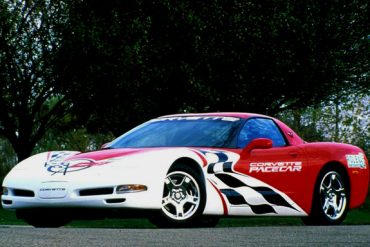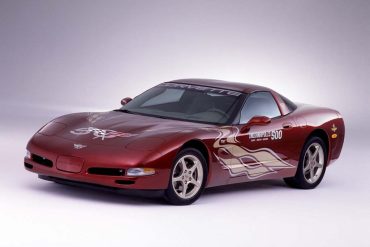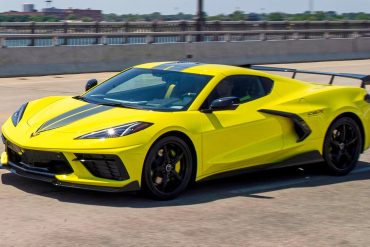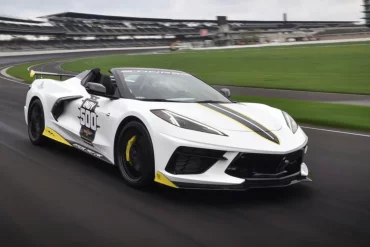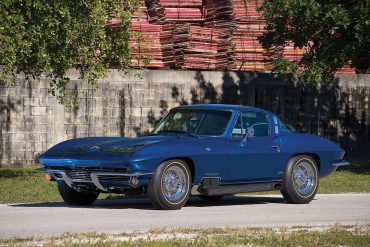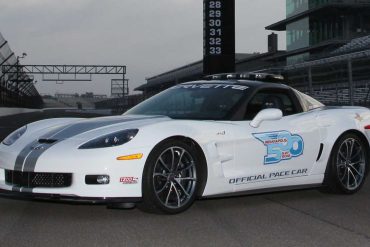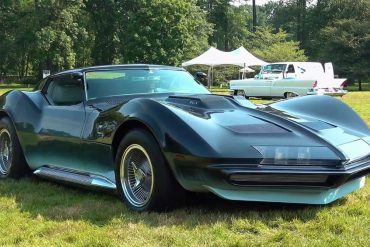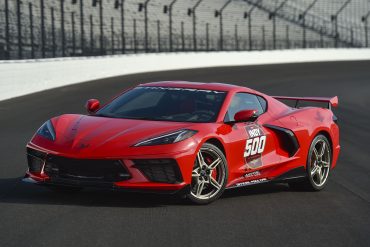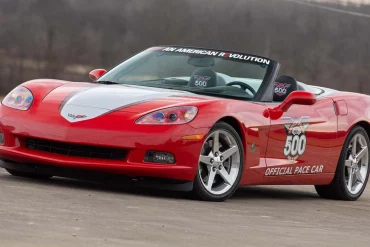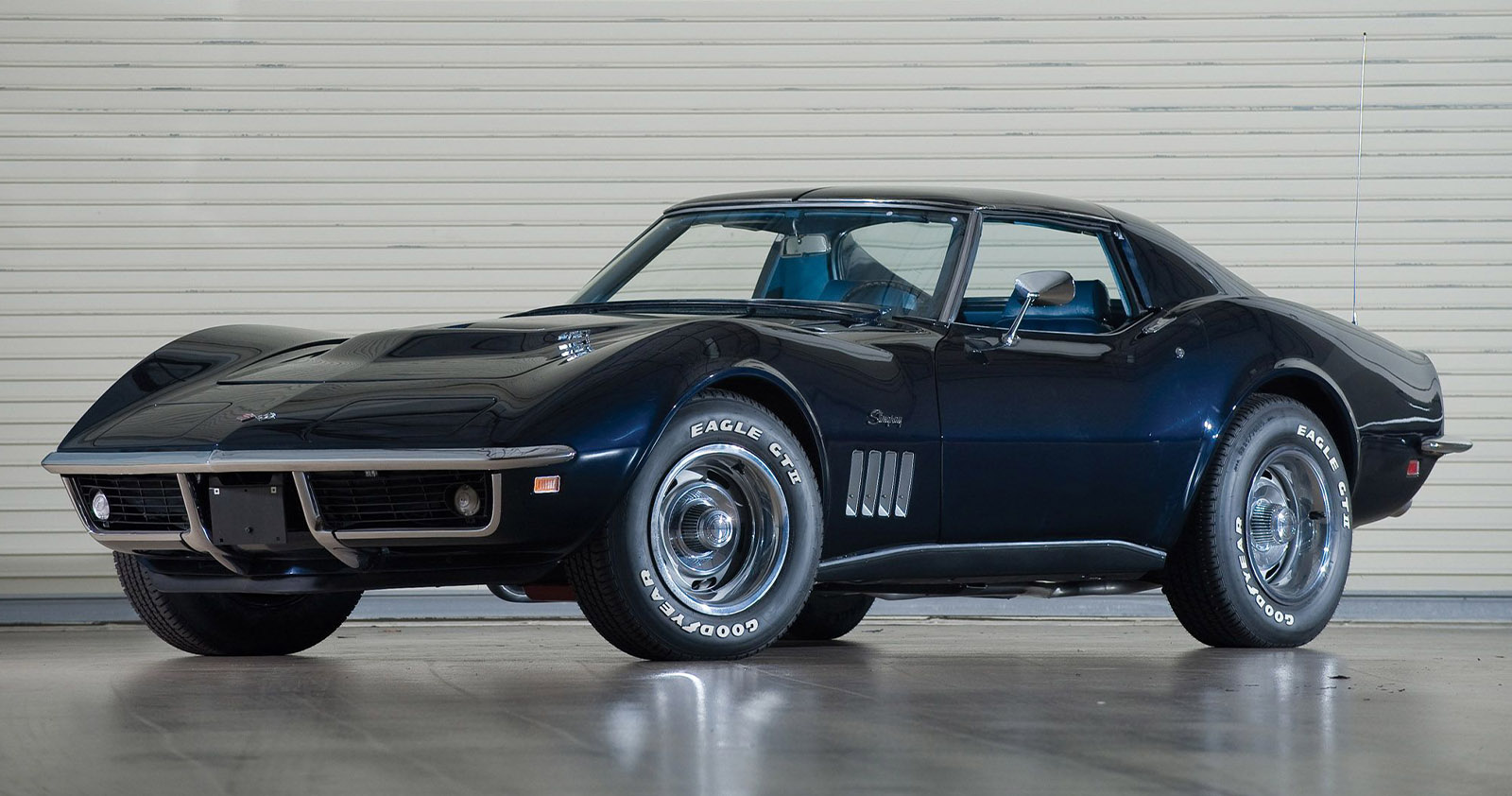Corvette’s decision to become the official pace car of the Rolex 24 Hours at Daytona is a key component of Chevrolet’s strategy to reinforce Corvette’s image as "America’s Performance Icon." Jim Campbell, Corvette brand manager, is responsible for developing this strategy, and he’s the guiding force behind Corvette’s return to the racetrack.
For 50 years, Chevrolet Corvette has represented American performance. In 2002, Corvette also led the pack at two important racing venues: the Indy Racing League (IRL) and the 86th running of the Indianapolis 500. In its IRL pace duties, Corvette wore a two-tone white and Millennium Yellow paint scheme with checkered-flags graphics forming a V for victory.
Immediately following this unveiling, consumers began clamoring at the opportunity to become one of the fortunate few to own their own IMSA GTLM Championship C8. Chevrolet filled all 1,000 orders for the race-inspired commemorative C8 in record time, as production commenced. Those lucky enough to place their order before the mandatory production cap was reached, were treated to a handful of IMSA GTLM Championship C8 variants to choose from.
The Chevrolet Corvette has served as the official pace car of the Indy 500 18 times since 1978. That accounts for half of the 32 times that Chevrolet has been given the honor since 1948, which only highlights the sports car’s endearing legacy. Interestingly enough, this C8 Corvette convertible is the first Indy 500 pace car to have a drop-top since the 2011 Chevrolet Camaro.
This one-off Corvette was custom-built by GM Styling under famed design chief Bill Mitchell, especially for the famed industrialist and Indianapolis racing sponsor Ozzie Olson of Olsonite fame. Among its special modifications including custom floor grates that were a trademark feature of the GM Styling specials
A 2013 Chevrolet Corvette ZR1 led the starting field of the 96th Indianapolis 500 to the green flag Sunday, May 27 at the Indianapolis Motor Speedway. With 638 horsepower, the Corvette ZR1 is the most powerful production car ever to serve as the Pace Car during the Indianapolis 500. Restaurateur, best-selling author and host of the Food Network’s hit show “Diners, Drive-ins and Dives” Guy Fieri was the driver.
The Manta Ray was actually the 1965 Mako Shark II (XP-830) with a few upgrades, so it featured many of the Mako II's outward features, such as side exhausts and a lower-body (along the rocker panels) silver paint job. The front end had a pointed chin spoiler and the headlights used 2 banks of 3 quartz-halogen lights.
A Torch Red 2020 Corvette Stingray coupe will serve as the Official Pace Car for the 104th Indianapolis 500 presented by Gainbridge, continuing Chevrolet’s tradition of leading the field to the green flag. The Pace Car will be driven by GM President Mark Reuss. This marks the 17th time a Corvette has served as the Pace Car, starting in 1978, and the 31st time a Chevrolet has led the field dating to 1948 when a Fleetmaster Six convertible held the honor.
The 2005 Corvette Pace Car paced at the 89th Annual Indianapolis 500 on May 29, 2005. It was driven by Retired Army General and former Secretary of State Colin Powell. There were three Pace Cars produced. Eight Track/Festival convertibles painted Victory Red Corvette were used on race day. These Track/Festival Pace Cars did not have the center silver stripe, logo-embroidered headrest, and graphics that were on the actual pace car. There were two replica pace cars produced.
No More Content


